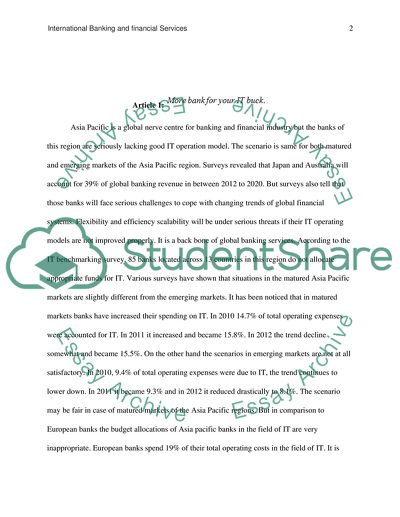Cite this document
(“International Banking and financial Services Term Paper”, n.d.)
International Banking and financial Services Term Paper. Retrieved from https://studentshare.org/finance-accounting/1653710-international-banking-and-financial-services
International Banking and financial Services Term Paper. Retrieved from https://studentshare.org/finance-accounting/1653710-international-banking-and-financial-services
(International Banking and Financial Services Term Paper)
International Banking and Financial Services Term Paper. https://studentshare.org/finance-accounting/1653710-international-banking-and-financial-services.
International Banking and Financial Services Term Paper. https://studentshare.org/finance-accounting/1653710-international-banking-and-financial-services.
“International Banking and Financial Services Term Paper”, n.d. https://studentshare.org/finance-accounting/1653710-international-banking-and-financial-services.


